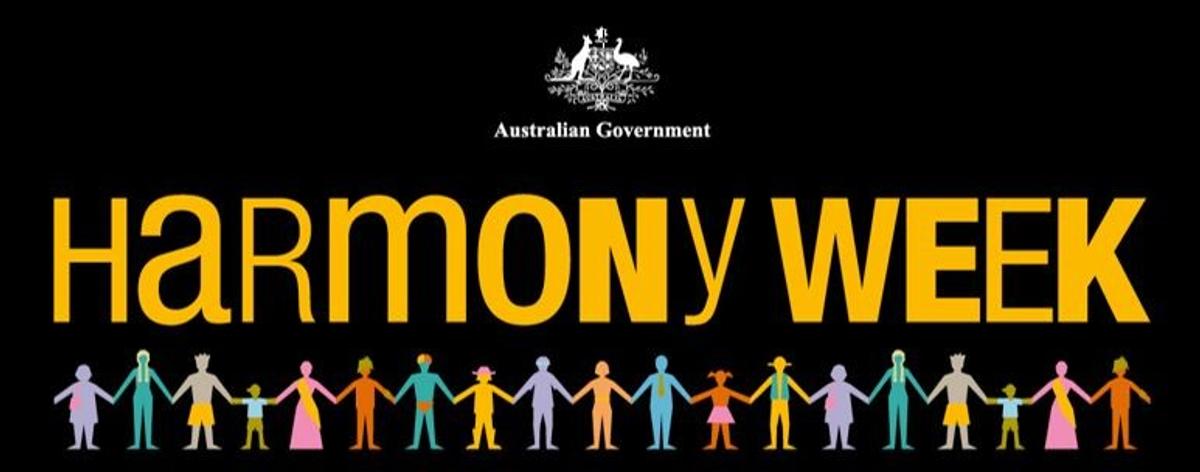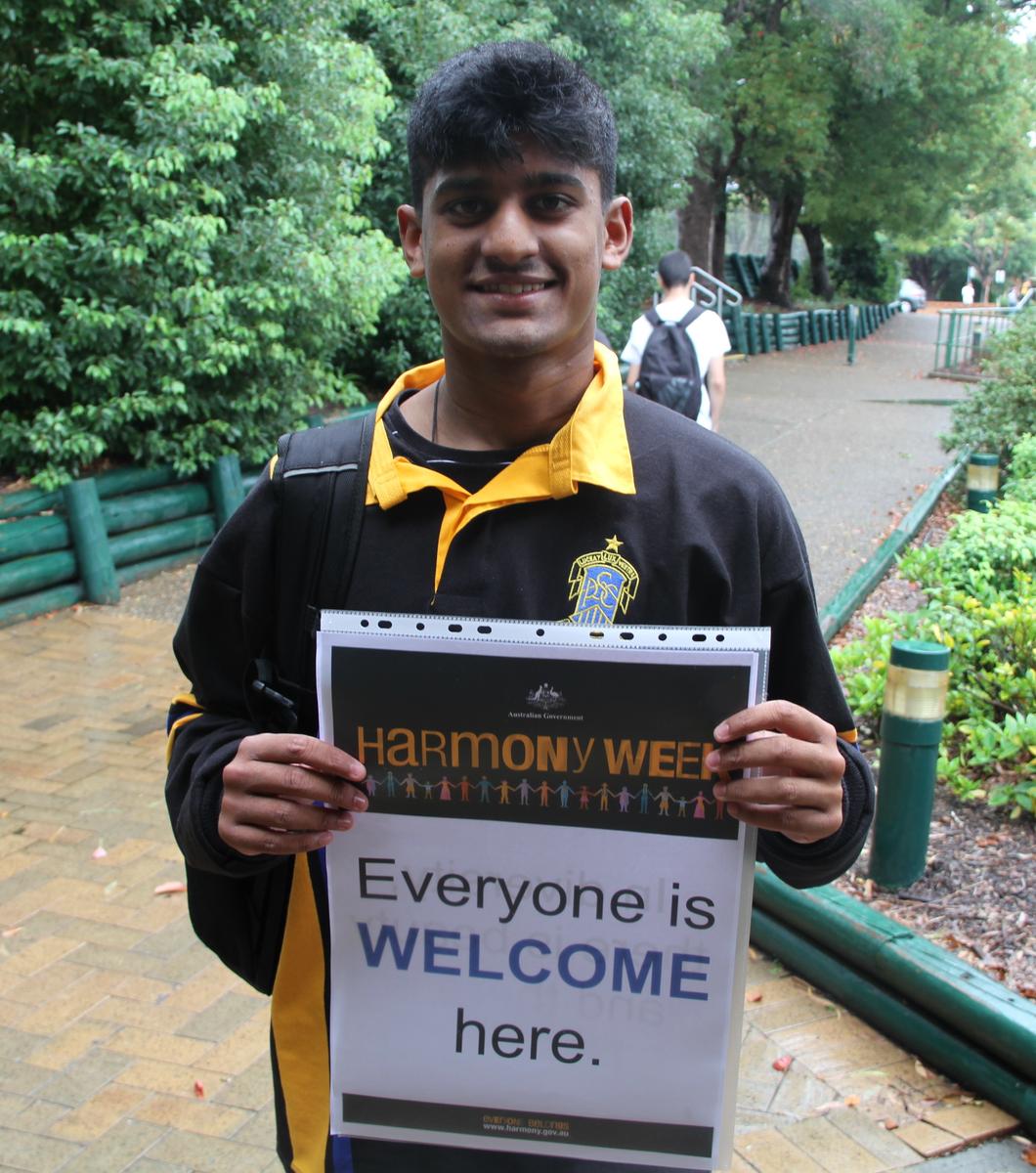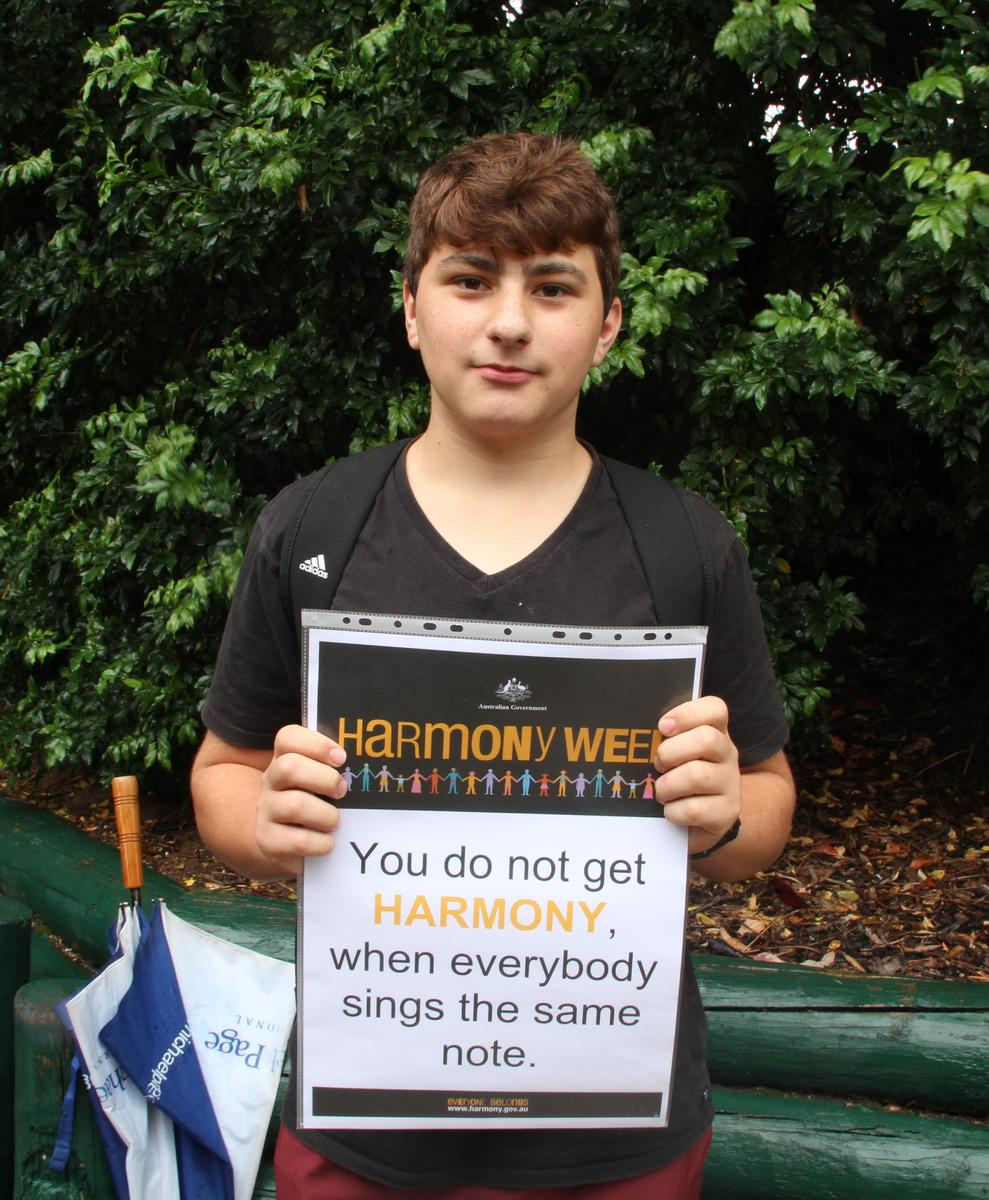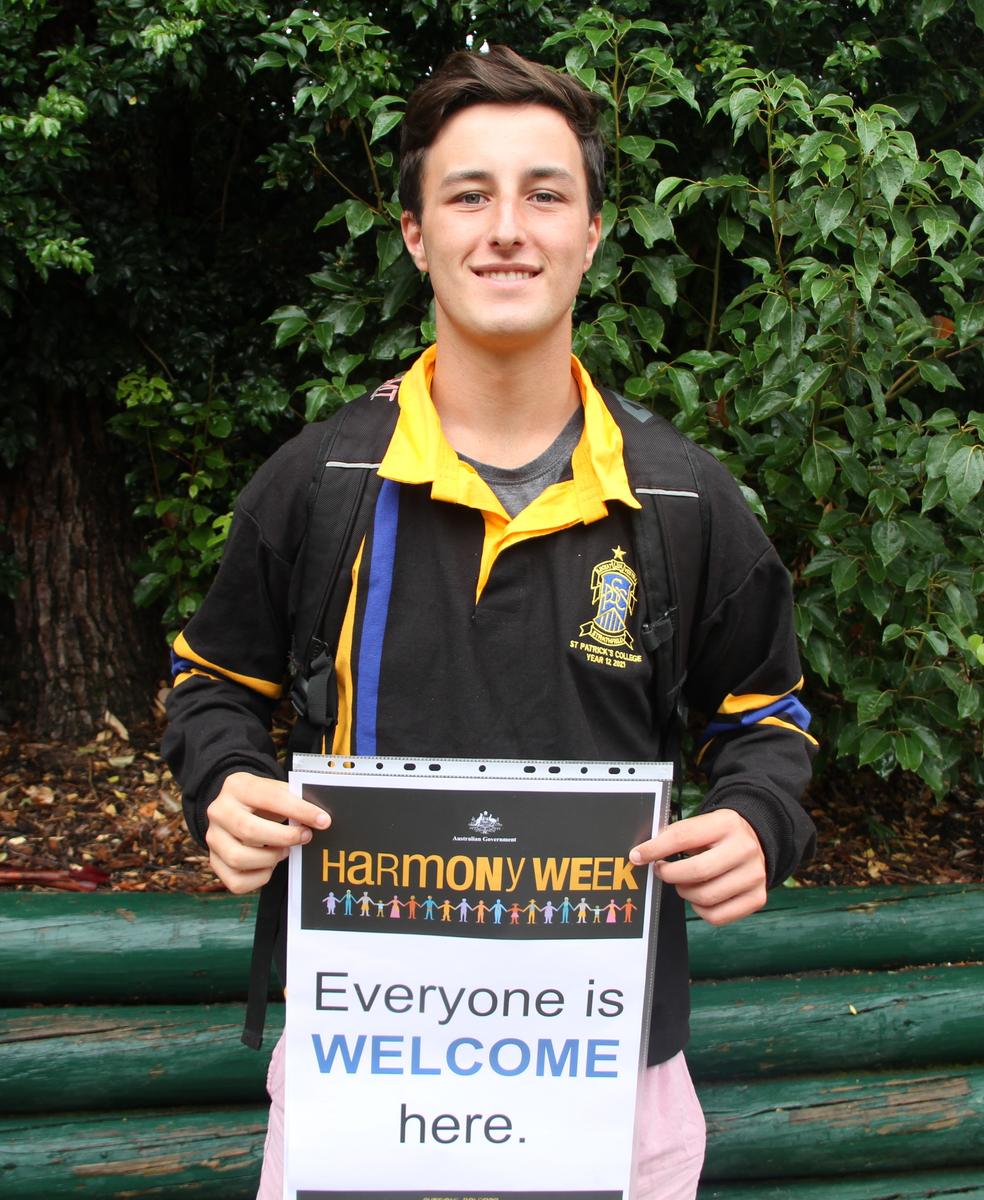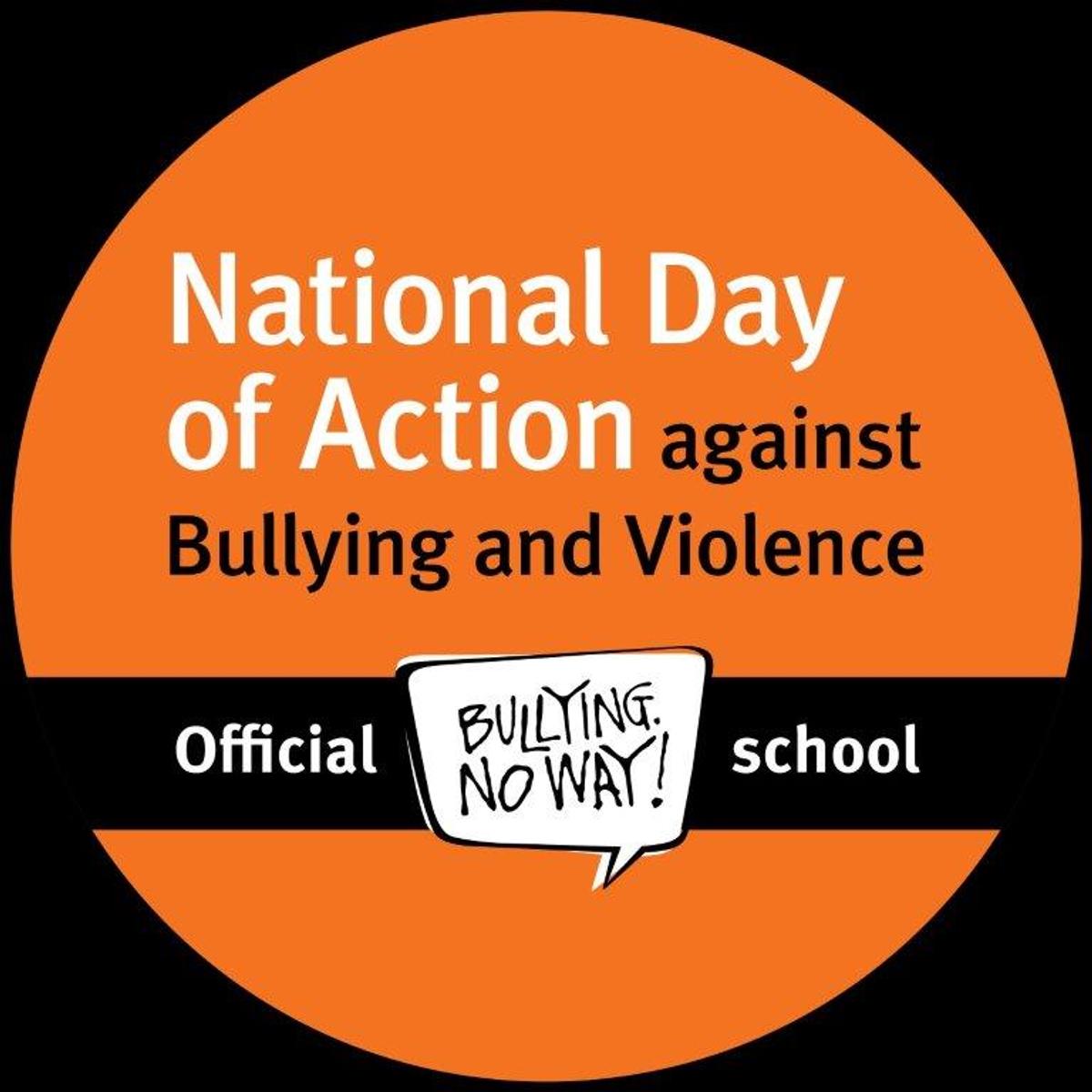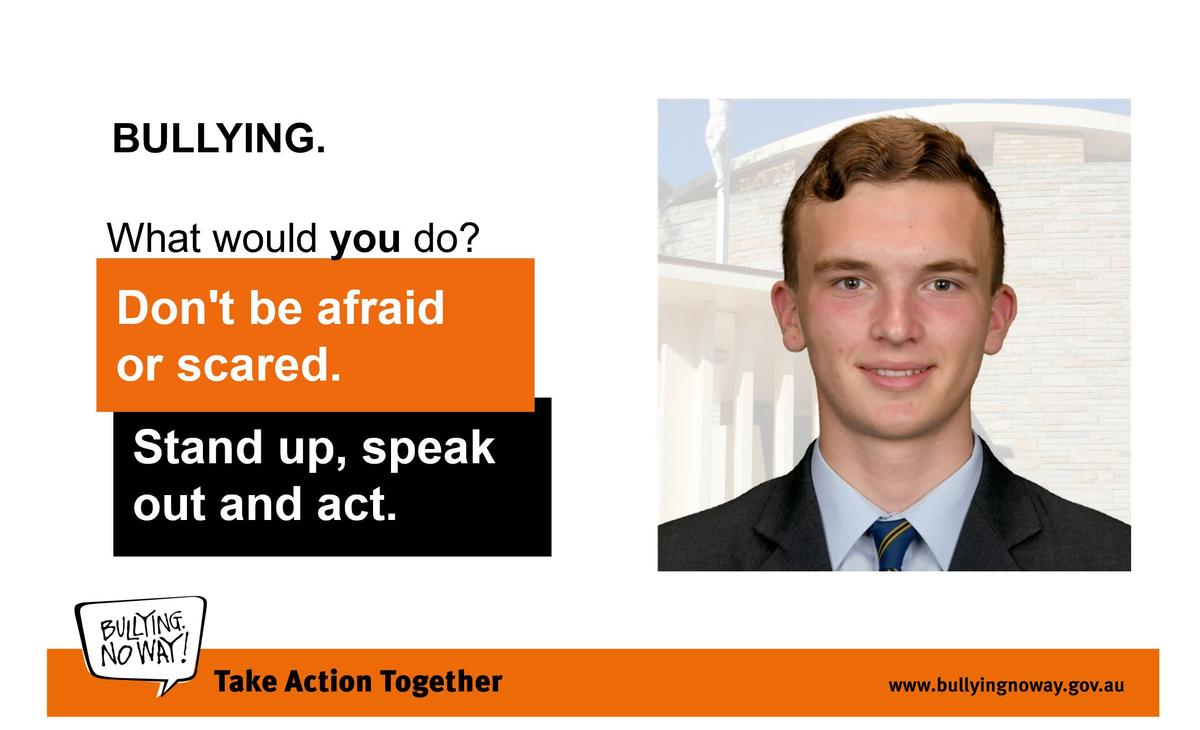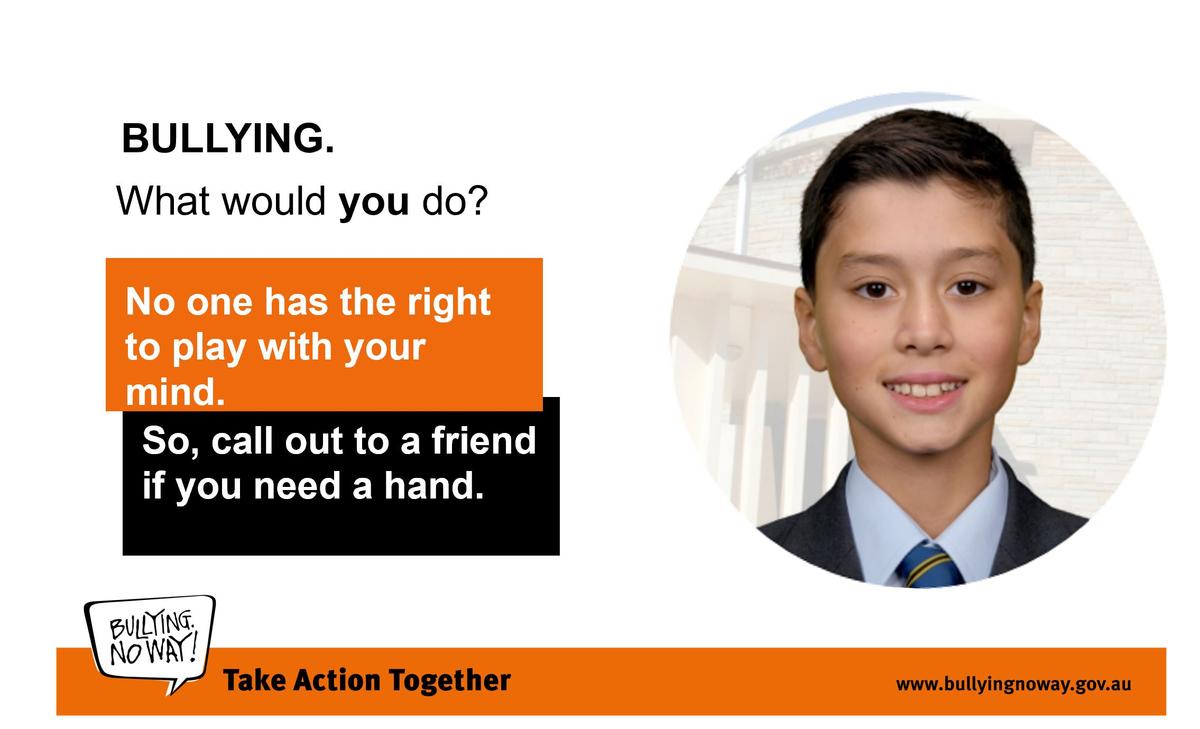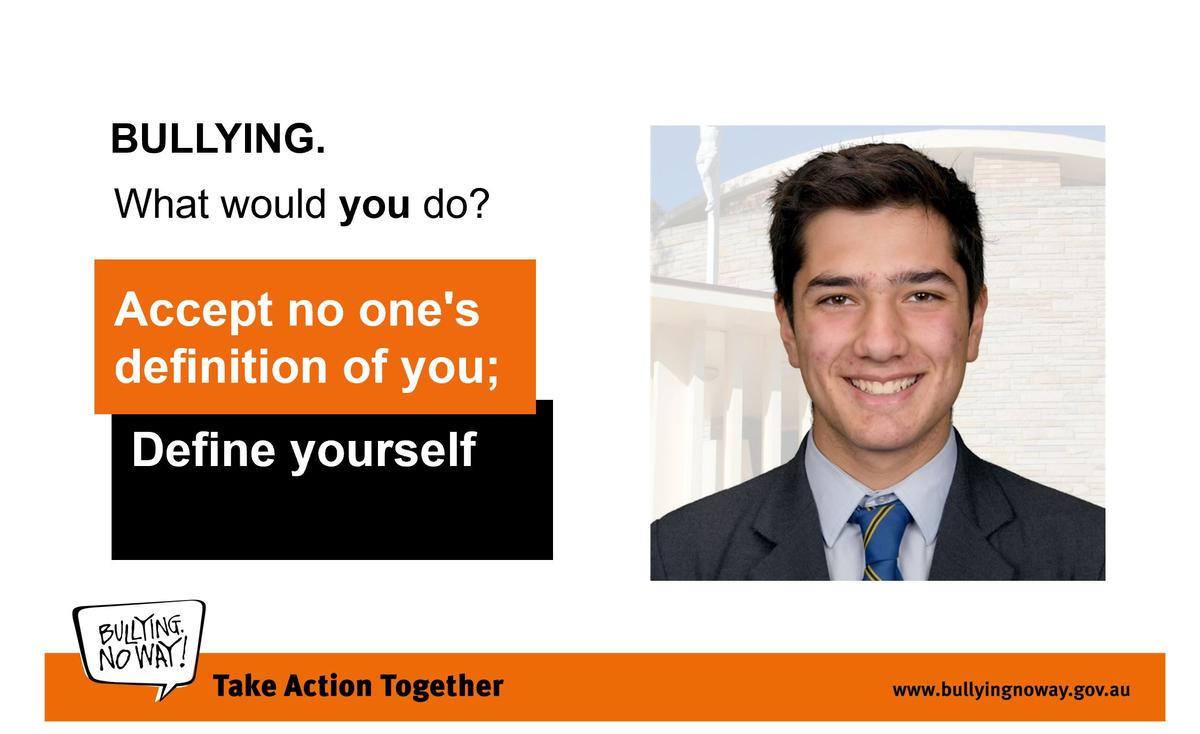Wellbeing

Australia is one of the most multicultural and diverse countries. Since 1945, over 7.5 million people have migrated to Australia, and nearly 49% of Australians were either born overseas or have at least one parent born overseas.
Harmony Week is a time in which we all come together to celebrate this diversity, multiculturalism, and successful integration of migrants into Australian society. The week is about embracing and fostering respect, inclusiveness and belonging for all Australians, no matter their cultural or linguistic background. Australia is one of the most successful multicultural countries and to maintain it, an understanding and teaching of different cultures needs to occur. If a mutual understanding of different cultural differences is created, this will continue to foster the multicultural society that Australia holds as a part of its identity.
The significance of the colour orange?
The colour that represents Harmony Week is orange. Orange is a symbol for social communication, it is the colour of the freedom of ideas and encouragement of mutual respect. These qualities sum up the aim and goal of this event.
What does Harmony Week look like at St Patrick’s College?
To support this important event students will be involved in a number of activities throughout the week. Some of these include:
- Homeroom discussion about each student’s cultural heritage and creating a visual representation of this on a poster.
- Learn more about different cultural traditions through a whole-school trivia/quiz.
- Junior School Harmony Day Poster Competition: the Junior School students have been challenged to design a creative poster promoting Harmony Week.
- Flags of the World Guessing Competition: the community have the chance to learn about different countries and their traditions.
- Taste of Harmony Recipe Book: instead of bringing in a plate of food from various cultural backgrounds, students can opt to create a Taste of Harmony Recipe Book in Homeroom.
This week, try and learn something about another person’s culture and teach someone about your own culture so that we can continue celebrating the diversity of our country.
Michael Sebastian - Wellbeing Prefect and Harry Richardson - Social Justice Prefect
Sydney Youth Leadership Conference
“United individuals create change. The power of US and the power of YOU is extremely underestimated.” (Wil Massara)
“Your age does not determine your ability to achieve extraordinary things.” These words were said by Wil Massara, an 18-year-old boy who is the CEO of Youth Leadership Academy Australia. On Tuesday 9 March, we had the opportunity to attend the Youth Leadership Conference, being one of the many schools invited to interact with other young leaders such as ourselves and hear from the state’s most influential young leaders. This conference aimed to equip students with the skills and confidence to be change-makers in their schools and communities, compiling knowledge from young innovators, visionaries, and entrepreneurs to inspire us to be the greatest version of ourselves.
Throughout the day we learned many different lessons on how to be good and effective leaders, the central message being to be yourself with our differences being our greatest asset. Heather Miller, one of the speakers and creator of ‘The Kindness Hub’, taught that a leader is someone who puts themselves out there and that “leadership isn’t something you do, it’s someone you are.” There are going to be people who disagree with your actions, and that is how you know you are doing something right, knowing what kind of leader you want to be when no one is looking. Wil Massara then spoke to us, teaching us many valuable lessons about how we can operate as both a person and a leader. Our next speaker was Lockie Cooke, the creator of the app iYarn, a platform that promotes conversation around mental health. On this app, friends and family can connect and see how each other are going based on different areas of life and compare their results from previous weeks. For the final talk of the day, there was a changemakers' panel, consisting of four different young people who had achieved great success as young leaders or entrepreneurs, one of them being a 15-year-old app developer! From these four we learnt the importance of the physical body of a leader, how important language and focus is, and how to balance work life with personal life.
During the breaks of the day, we were given the chance to interact and talk to other young leaders from other schools. This allowed us to have conversations with other like-minded people our age who were looking to lead their school and community to the best of their ability. Being able to open up to others allowed us to connect with each other to help support and drive change in whatever way we could.
We would like to leave you with this one last quote by Wil Massara which we think perfectly sums up the day: “United individuals create change. The power of US and the power of YOU is extremely underestimated.”
Darcy Patterson - College Captain, Hayden Cotter - College Vice Captain, Harry Coyne - College Vice Captain
National Day of Action Against Bullying and Violence
At St Patrick’s College we continually aim to create a safe, inclusive, and supportive environment for everyone. We will be joining thousands of schools in a nationwide movement by taking action on the National Day of Action Against Bullying and Violence (NDA) on Friday 19 March 2021. It is a day that we as a College community stand united to say Bullying. No Way! The theme for the NDA 2021 is Take Action Together. This theme aims to elevate student voice, empowering young Australians to join the conversation.
Mental health is one of the major issues that is being explored in young people today and one of the root issues and causes of a lot of mental health problems is due to bullying. One in four Australian teenagers have reported to being frequently bullied - a disappointing reality. As the NDA theme suggests, we as a collective have a responsibility to stamp out bullying. Here are four steps to help someone facing bullying:
- Recognise: that bullying is taking place. Being able to distinguish between “banter” with the boys and verbal and physical harassment is vital if bullying is going to stop.
- Stand up: even if you identify the problem it still needs to be called out. This can be done by calling out the bully or supporting the victim and helping them get out of the situation.
- Inform: talk to people you trust, whether it is a teacher, friend or parent. These people may be able to give you advice on how to deal with the situation.
- Check-up: support the victim of bullying. Create a safe environment where they can share how they are going. This helps validate their feelings and rebuild their confidence.
I encourage you all to look out for each other, irrespective of whether the student is your friend or not. If we change our mindset and look to call out any type of bullying behaviour, whether it is in the classroom, playground, online etc., we can continue to make our community inclusive and safe.
For more information on responding to bullying please see the below links:
- Bullying. No Way! provides schools, educators, students, parents strategies on how to respond to bullying behaviour.
- Kids Helpline provides free, private and confidential, telephone and online counselling service specifically for young people aged between 5 and 25 and helpful information about relationship topics.
Michael Sebastian
Wellbeing Prefect

